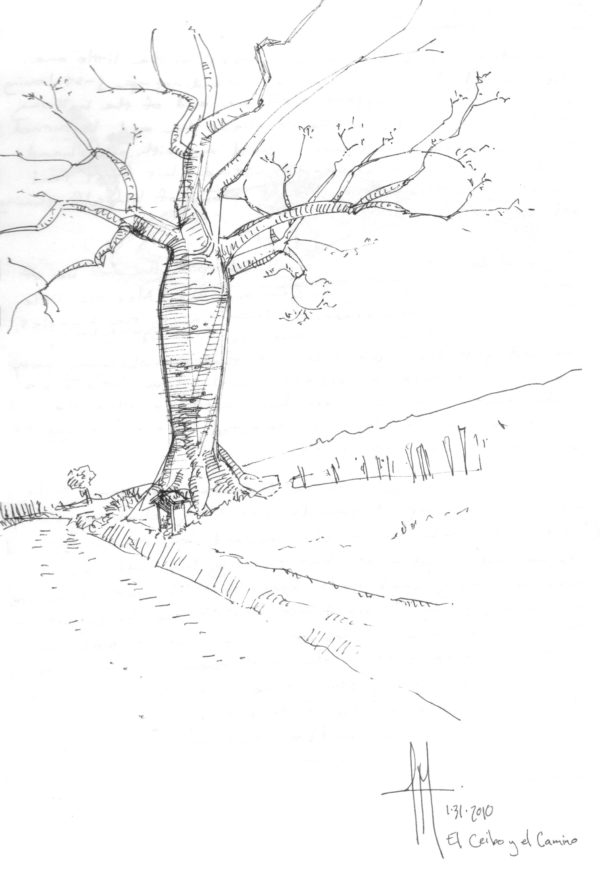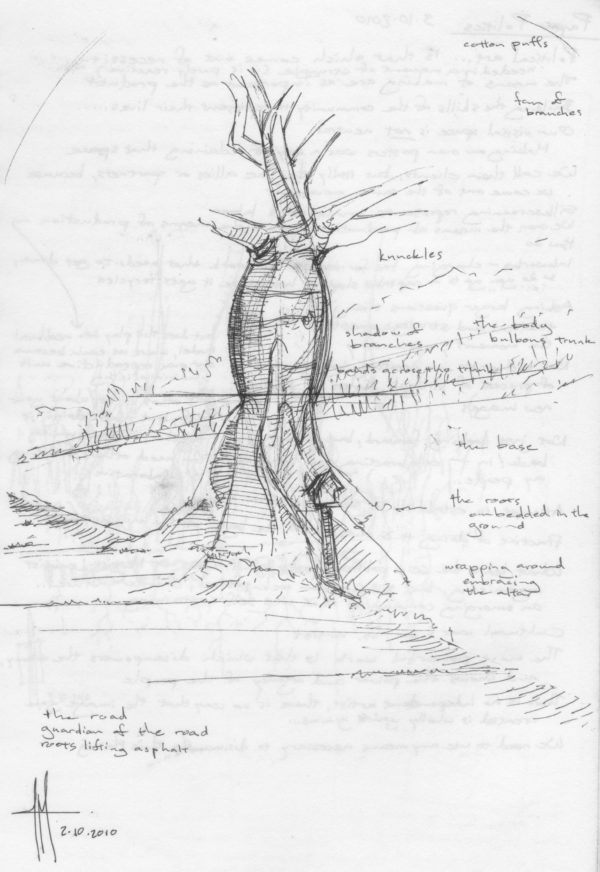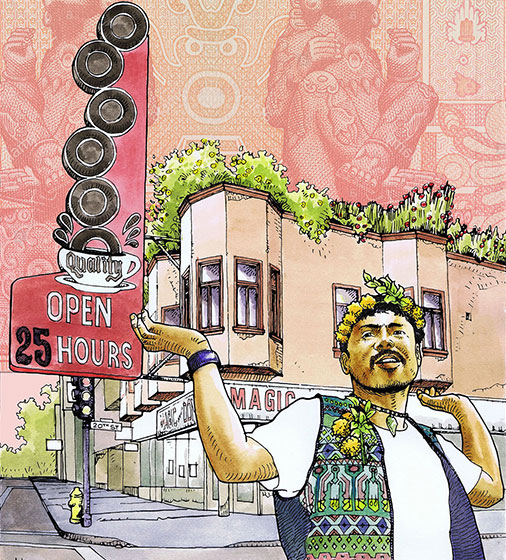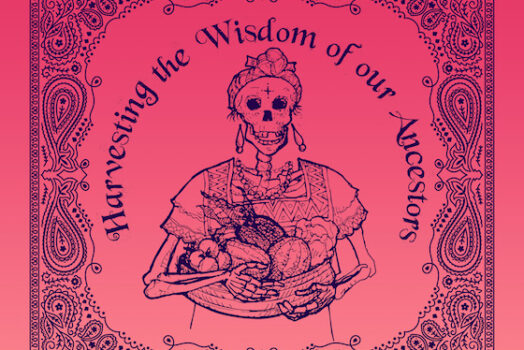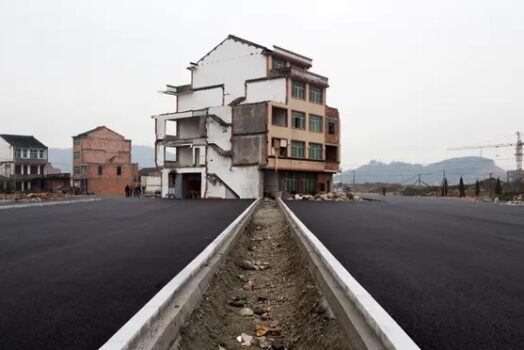This is the one-color version of my multiple-plate ceibo print. This is the ceibo of the Ecuadorian coast (Ceiba trichistandra): I remember long drives to the beach or to my mother’s birthplace in Manta, over hilly savannas watched over by the silhouettes of lone ceibos standing guard like sentinels against whatever the ocean winds might bring. Along those roads we passed many roadside altars, memorials to those killed in accidents, but it seemed like the ceibo trees themselves, with their gnarled roots and hidden shadowed niches, held their own memorials to passing time.
The coastal ceibo’s bulbous trunk holds water throughout the dry season, and its green bark continues photosynthesis even when its leaves fall. When it’s young, thorns protect its soft wood, but as the tree ages its bark becomes smooth like human skin. Its seed pods produce a white cotton, the kapok, used for mattresses and pillows, the principal source of stuffing for automobile seats and life preservers until it was replaced by artificial fibers after the 1940s. Their enormous trunks were used to build giant dugout canoes, the means of connection for many peoples living among the waterways of the coastal forests. Its cousin, the taller kapok ceiba of the jungles, is a sacred tree to the Maya and many Amazonian peoples, its roots reaching to the center of the earth and its top emerging above the canopy layer, uniting the underworld Xibalba and the spirit world above.
